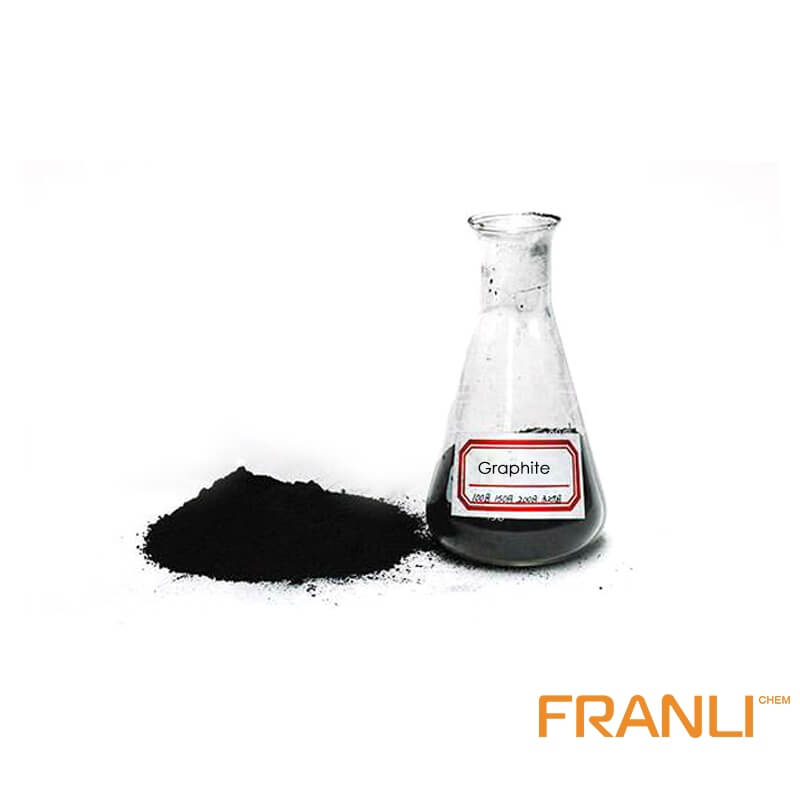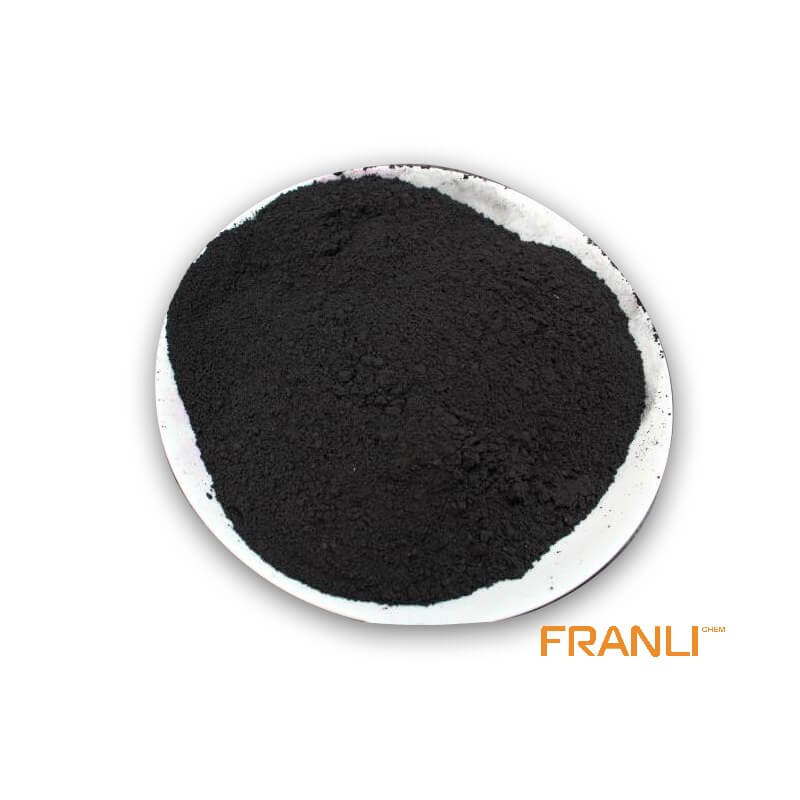


Graphite Powder
Size
1≥60%, etc
Package
25kg small bags into ton bags or ton bags
Features
High temperature resistance, conductivity and thermal conductivity, etc.
Application
As refractory material, conductive material and wear-resistant lubricating material, etc.
Graphite powder is a widely used industrial material, which is obtained from high-purity graphite after crushing, grinding, and screening. The classification of graphite powder is mainly based on the particle size, ranging from 50 mesh to 30000 mesh. The larger the mesh, the finer the particle size, and the higher the price.
Request a quote
Hexagonal boron nitride, also known as white graphite. Hexagonal boron nitride is the simplest boron nitrogen polymer. Similar to the hexagonal carbon network in graphite, nitrogen and boron in hexagonal boron nitride also form hexagonal network layers, overlapping each other to form crystals. The crystal is similar to graphite, with diamagnetism and high anisotropy, and the crystal parameters are quite similar. Boron nitride is used in refractories.
Refractory materials refer to a class of inorganic non-metallic materials with a refractoriness of not less than 1580 °C. Any material whose physical and chemical properties allow it to be used in a high temperature environment can be called a refractory material. Refractory materials are used in glass, steel, ceramics, non-ferrous metals, cement, petrochemical, machinery, boilers, light industry, electric power, military and other national economic fields. It is an important basic material to ensure the above-mentioned industrial production operation and technological development, and plays an irreplaceable important role in the development of high-temperature industrial production.





